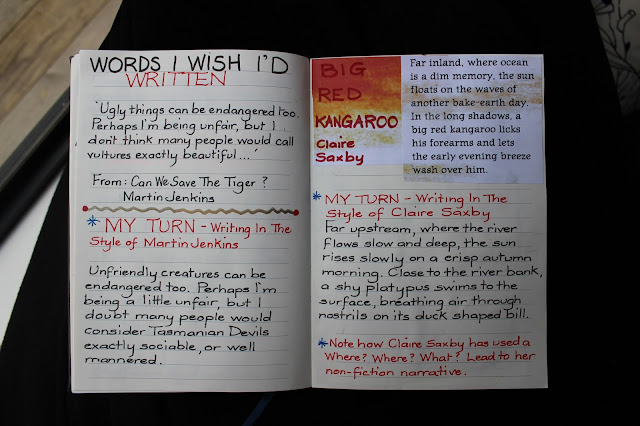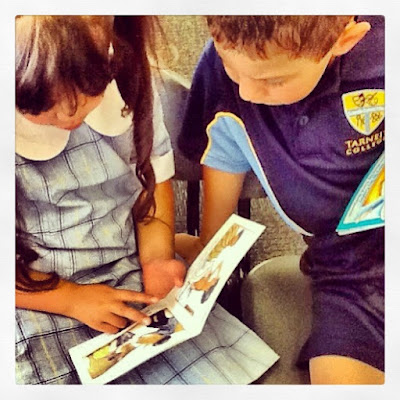Notebook Notions-Coming Soon

Many teachers don't see themselves as writers – a disconnect often rooted in their own restrictive school experiences where writing meant following rigid assignments with little room for creative freedom. Yet writing alongside students transforms teaching, allowing educators to demonstrate the authentic struggles and joys of the writing process while building their own confidence with words. In Notebook Notions , experienced educator and writer Alan j Wright shares the lessons learnt across a rewarding career, revealing how the simple act of keeping a writer's notebook can revolutionise both your teaching practice and your relationship with writing itself. Drawing from years of experience as a teacher who writes – and a writer who teaches – Alan offers practical wisdom on launching and sustaining a writer's notebook practice. From collecting raw ideas and embracing inspiration to moving notebook entries into finished projects, this book provides a clear pathway for educat...








